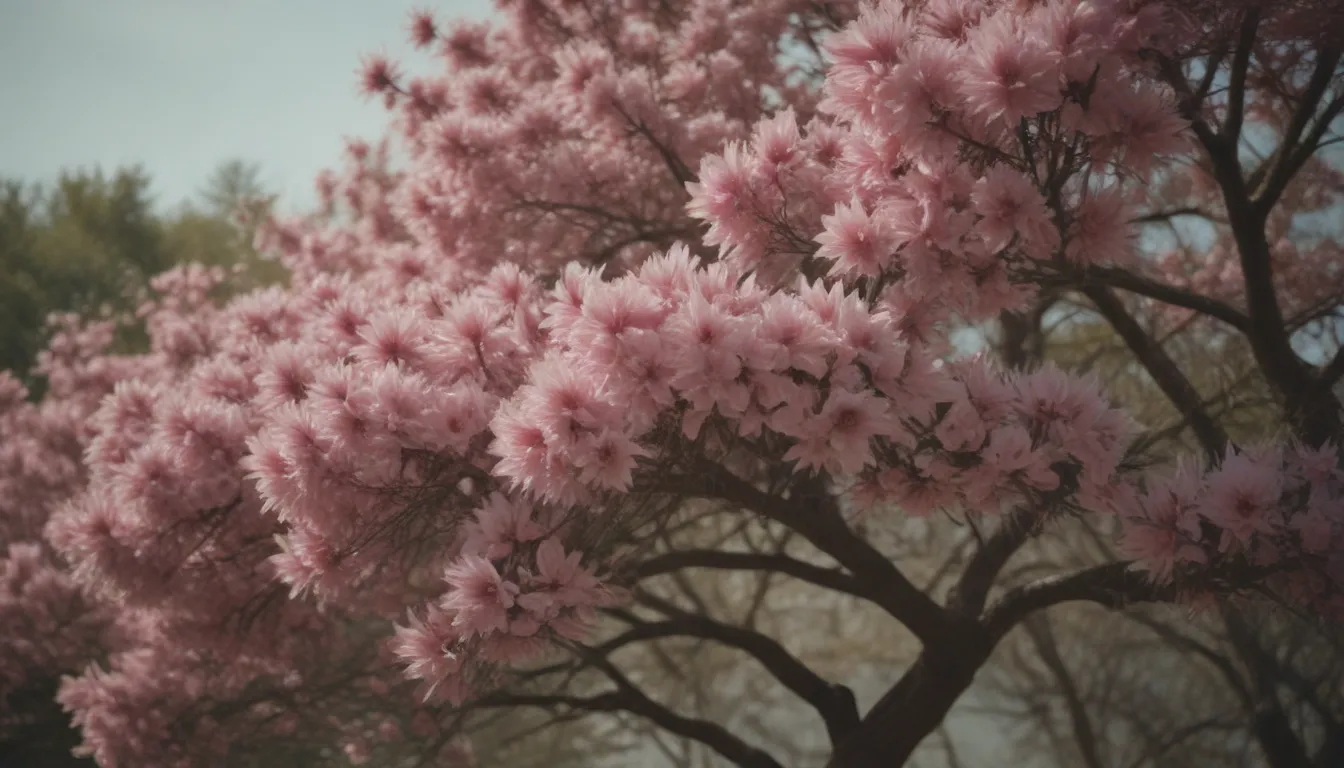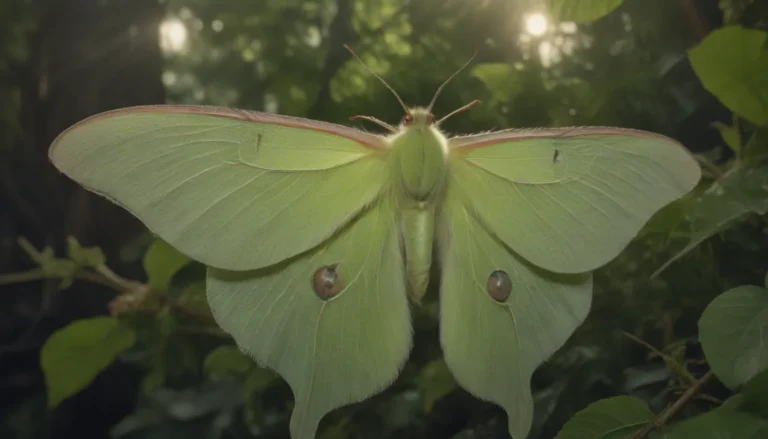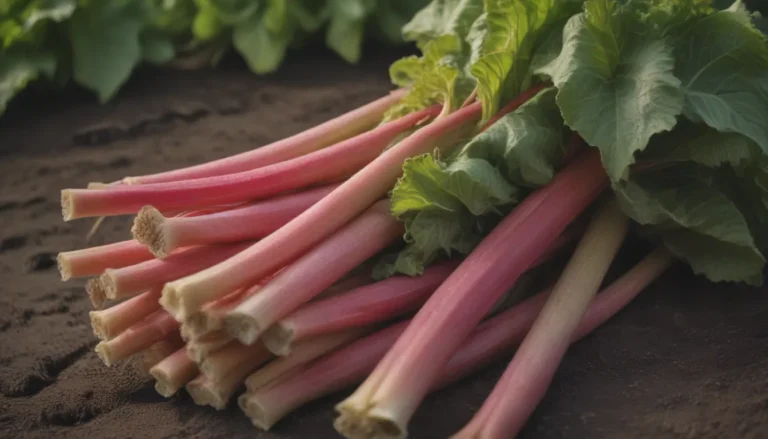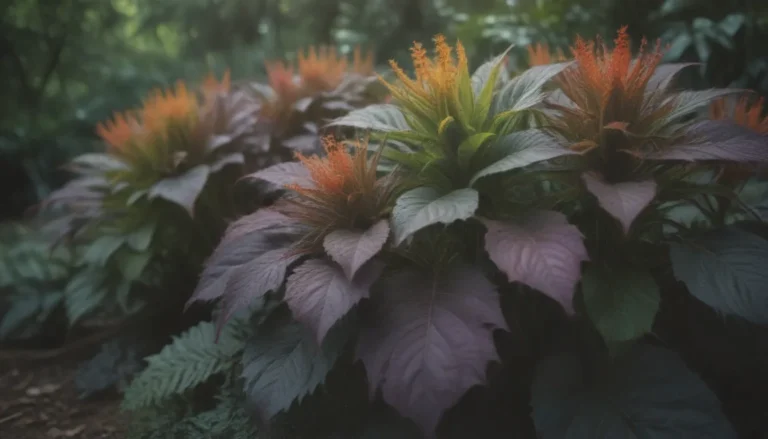The Ultimate Guide to Growing and Caring for Saucer Magnolia Trees

Are you looking to add a touch of elegance and beauty to your garden or landscape? Saucer magnolia trees, with their stunning early spring blooms, might be just what you need. In this comprehensive guide, we will cover everything you need to know to grow and care for these popular trees successfully.
What is a Saucer Magnolia?
Saucer magnolia, also known as Magnolia x soulangeana, is a popular flowering tree or large shrub that is created by cross-breeding Magnolia liliiflora (lily magnolia) and M. denudata (lilytree), both native to Japan. It is sometimes referred to as tulip magnolia, but it is essential not to confuse it with tulip trees.
The saucer magnolia often grows as a multi-stemmed shrubby plant but can be trained into the form of a small tree by pruning it in its first few years to have one central trunk. These trees do best in full sun with moist, acidic, well-draining soil.
Saucer Magnolia Care Guide
Light
Saucer magnolia trees prefer full sun, but they can tolerate partial shade locations. Ensure they receive adequate sunlight for optimal growth.
Soil
While saucer magnolia trees can tolerate clay soils, they thrive best in moist, acidic, organically rich, and well-drained loam. Ensure the soil is suitable to promote healthy growth.
Water
During the first year of planting, water the tree deeply and frequently. Afterward, saucer magnolias need irrigation only during dry weather. Once established, these trees have moderate drought tolerance.
Temperature and Humidity
Cool, rainy weather can lead to fungal leaf spots and cankers on magnolia plants. They can handle a range of humidity levels. Ensure good air circulation and avoid splashing soil onto the plants to prevent issues.
Fertilizer
While magnolias are not heavy feeders, they benefit from mixing fertilizer into the soil when planting. Lightly feed them each spring with a balanced slow-release fertilizer. Follow product label instructions for proper application.
Types of Saucer Magnolia
- Alexandrina
- Rustica Rubra
- Verbanica
- Lennei Alba
Pruning Saucer Magnolia Trees
Saucer magnolia trees often produce multiple stems. To shape them into a tree form, prune away all but one central trunk. Drastic pruning should be done while the tree is young. Remove dead or diseased branches as needed, preferably in dry weather to prevent fungal infections.
Tip
If your saucer magnolia is leaning dramatically, consider having it propped. These trees often grow with extreme leans and may require support.
Propagating Saucer Magnolia
Saucer magnolia trees can be propagated from cuttings, but keep in mind that not all cuttings may succeed. Follow proper techniques for the best chance of success.
How to Grow Saucer Magnolia From Seed
You can also grow saucer magnolia from seed. Follow these steps for successful propagation.
Overwintering Saucer Magnolia
Saucer magnolia is a hardy plant that requires minimal care to overwinter well. Keep watering it through the winter, add mulch around the trunk for protection from the cold.
Common Pests & Plant Diseases
While saucer magnolia trees are generally resilient, they can be affected by leaf spots and cankers caused by fungi. Use copper-based fungicides to prevent fungal issues, and prune away damaged branches as needed.
How to Get Saucer Magnolia to Bloom
The early spring blooms of a saucer magnolia tree are a sight to behold. Follow these tips to encourage blooming and enjoy a stunning display in your garden.
Common Problems With Saucer Magnolia
While saucer magnolia trees are hardy, they may encounter some common issues. Learn how to identify and address problems like leaf spots, sooty mold, and powdery mildew for a healthy tree.
Remember, saucer magnolia trees are a long-lasting addition to your garden, potentially living for over 100 years. With proper care and attention, you can enjoy the beauty of these magnificent trees for generations to come.
For more information on saucer magnolia care and maintenance, refer to resources such as the Pacific North West Pest Management Handbooks and the University of Florida Plant Pathology department.
Incorporate these tips and guidelines into your saucer magnolia care routine, and watch your tree thrive and bloom beautifully year after year. Happy gardening!





